AI is being leveraged to provide machines with the capacity to match or even outperform humans in many endeavors. So what does this mean for the synthetic chemist?


AI is being leveraged to provide machines with the capacity to match or even outperform humans in many endeavors. So what does this mean for the synthetic chemist?
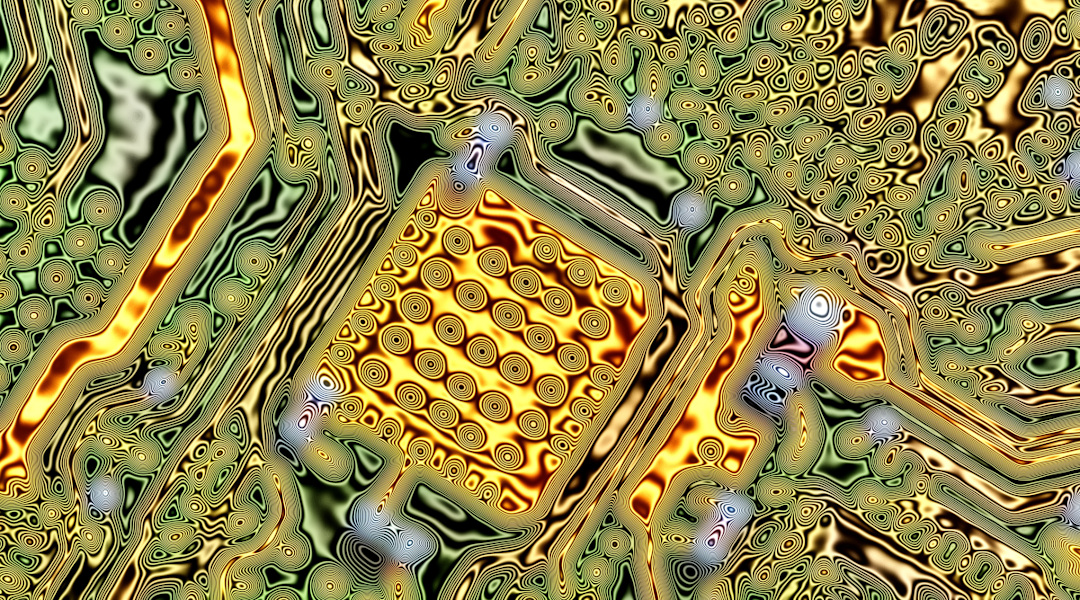
The importance of understanding the experimental process is ubiquitous in research. And while we have a huge range of techniques at our disposal, we should be aware of and properly consider their limitations, so that we may present reliable methods and conclusions to...
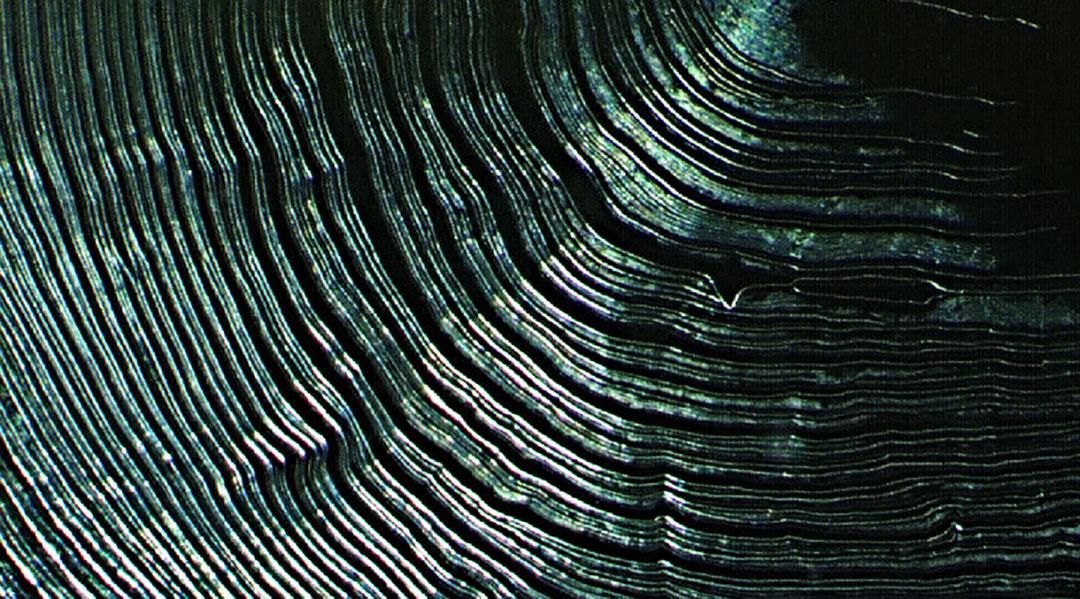
Researchers create new “superglue” with two simple ingredients: plant-based cellulose nanocrystals and water.
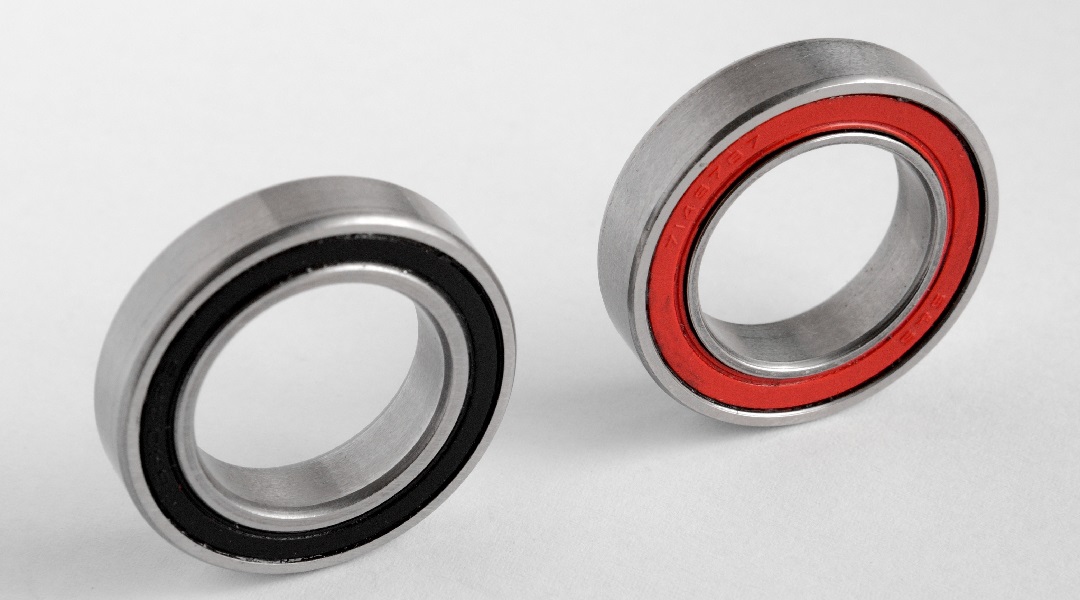
Researchers design a porous 3D graphene lubricant composite for harsh conditions and high loads.
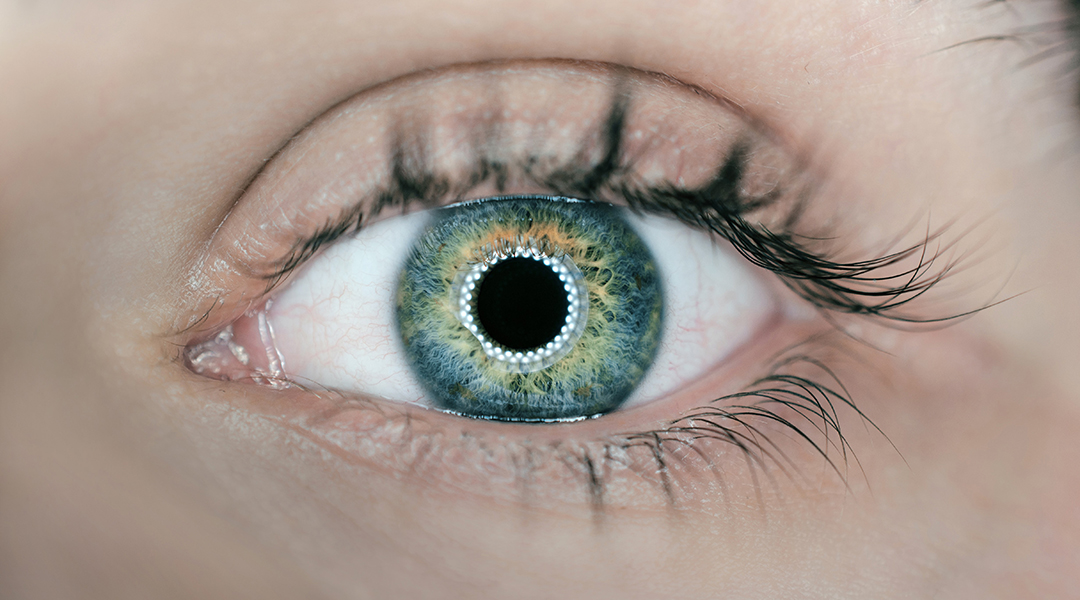
Smart contact lenses could revolutionize the way in which we monitor brain activity and diagnose neurological diseases.
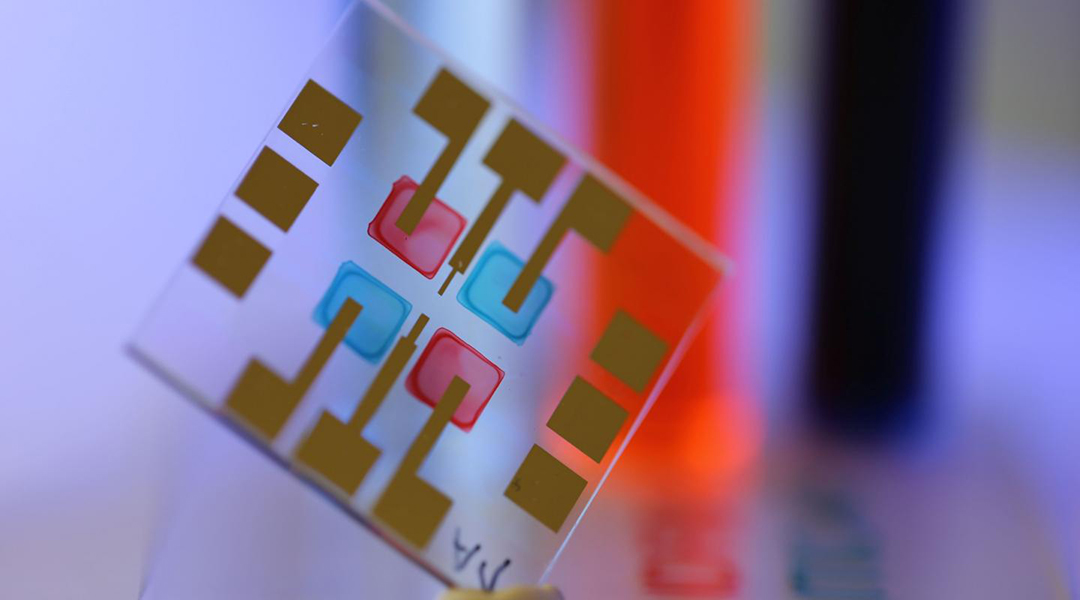
Color-selective organic light sensors are produced by inkjet printing with semiconducting inks.
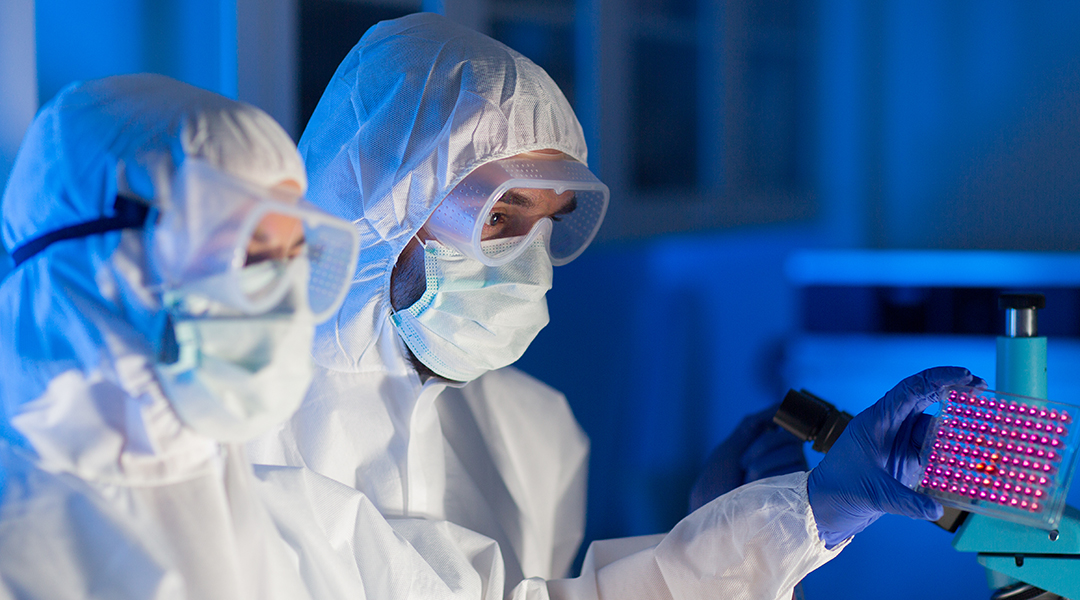
A new nanoreactor integrates multiple catalysts to carry out multiple reactions in the same pot, streamlining the production of fine chemicals—including urgently needed medicines.

Inspired by the water collecting abilities of the cactus, researchers create a biomimetic water collection system through 3D printing.

Researchers at UC San Diego bring lithium metal batteries one step closer to commercialization with their new ultrasound device.
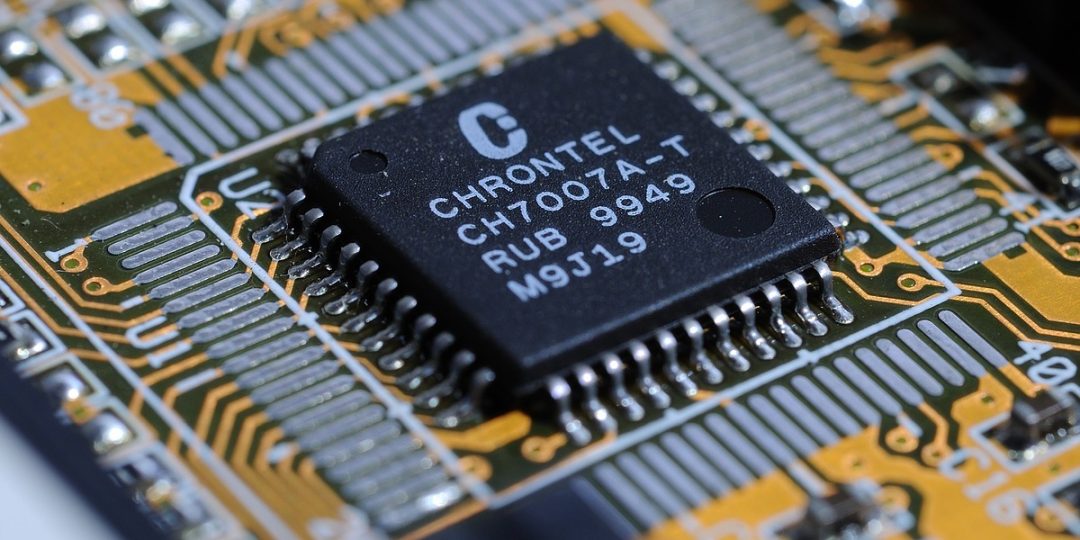
Exploring advances in building 2D and 3D structures through lithography and additive manufacturing.